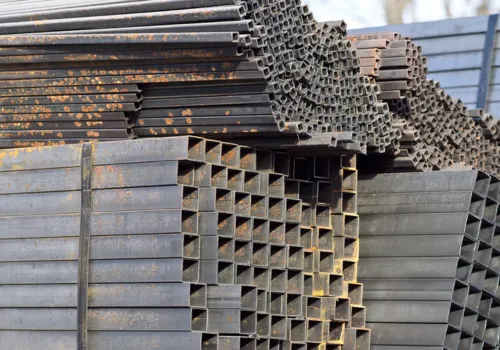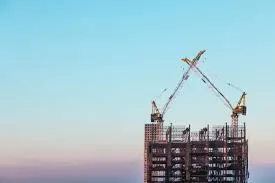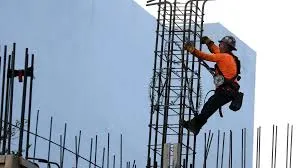
Despite an uptick in project starts during May, the construction sector continues to feel the strain from rising material costs, policy uncertainty, and labor instability, according to Construction Dive’s June 2025 economic roundup.

Institutional projects, particularly in the education and recreation sectors, helped fuel nonresidential planning growth. On the commercial side, warehouses and hotel developments remained stable, contributing to a 13% rebound in total groundbreakings compared to April.
However, warning signs remain prevalent across the industry. Private nonresidential spending dropped for the fourth consecutive month, and manufacturing activity — once a primary engine of growth — continued to decline. Project backlog also slipped from its two-year high as contractors increasingly reported cancellations tied to new tariffs.
“Backlog also slipped from a two-year high as more contractors reported tariff-related cancellations,” the report stated.
Contractors now face fresh challenges from the labor market, particularly after recent jobsite raids conducted by U.S. Immigration and Customs Enforcement. The raids have renewed concerns over workforce reliability amid an already tight labor market, with recent data showing continued low levels of hiring and job openings.

Material prices are also surging. Following new tariffs on steel and aluminum that took effect in early June, prices for copper, iron, and fabricated metals spiked. The overall result: a 6% annualized increase in construction input costs, putting further pressure on budgets.
Though profit margin expectations remained flat, economists caution that worsening supply-side conditions could weaken project pipelines in the second half of the year.
The June data reflects a construction market at a crossroads — buoyed by short-term boosts in planning and starts, but increasingly constrained by cost volatility and labor disruptions. The increase in tariffs and enforcement actions has heightened uncertainty just as many firms hoped to stabilize from early-year softness.
Manufacturing, once seen as a long-term growth opportunity due to reshoring and federal incentives, now appears to be losing momentum. Combined with a slipping backlog and fewer new orders, contractors may need to reassess revenue projections for the remainder of 2025.
Meanwhile, public sector spending continues to offer some support, particularly through education and infrastructure programs. However, it remains unclear whether those gains will be enough to offset declining activity in private commercial and industrial sectors.
As the construction industry looks toward the second half of the year, businesses are bracing for more volatility. With key policy issues like immigration, tariffs, and interest rates in flux, the economic environment may remain choppy — even for firms positioned to benefit from strong demand.
Originally reported by Sebastian Obando in Construction Dive.